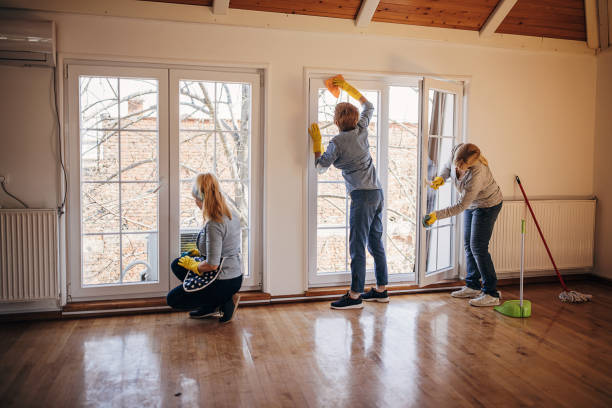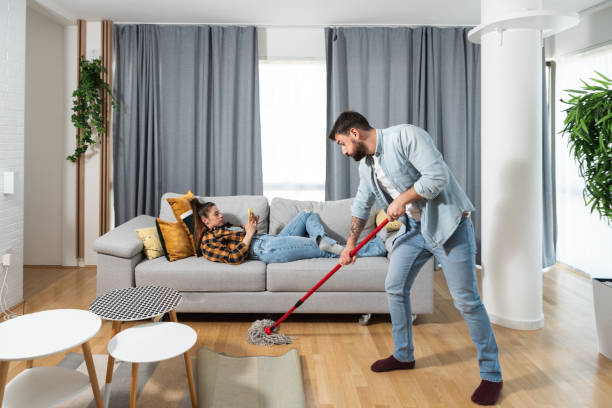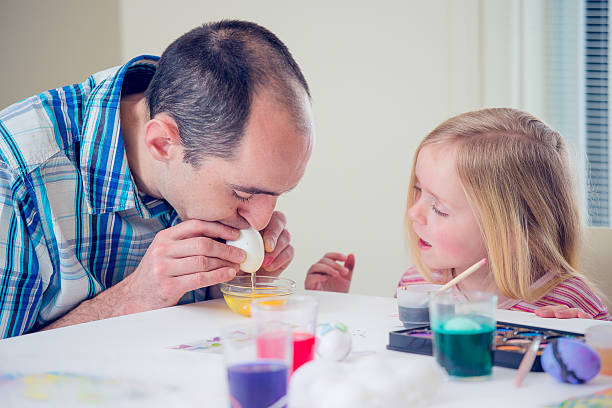Many people don’t exactly go into raptures at the sight of a spider. Her first thought goes to the vacuum cleaner to suck up the spider. But what happens then?

This is what happens when you suck up a spider
You sit comfortably on your couch and look at the ceiling, lost in thought. Suddenly you discover a spider above you. If spiders are not one of your favorite animals, then you will quickly think about how best to get rid of the creepy crawly. In such a situation, it is not uncommon for the vacuum cleaner to be the only quick solution. But what happens to the spider when you vacuum it up?
Whether the spider initially finds its way into the vacuum cleaner bag more or less unscathed depends on the one hand on its constitution and size. What is more important, however, is the suction power you have set on your vacuum cleaner. Depending on the set wattage, the spider is sucked up at a speed of 100 to 140 km/h. suck For example, when you choose the level at which you gently vacuum your curtains or blinds.
Chances of survival in the vacuum cleaner bag
So if you only sucked up the spider with a low suction power, there is a chance for the spider to get into the vacuum cleaner bag alive. But here the next challenge awaits. Because whether the spider survives in the vacuum cleaner bag and thus perhaps even finds its way back or dies after all depends essentially on whether the bag is empty or already full when it is vacuumed up.
An empty vacuum cleaner bag does not bode well for the spider. Because it is thrown in at a speed, albeit a lower one, without damping. On the other hand, if the bag is already filled with dust, hair and other soft material, the spider will land more gently. If she survived all that, theoretically she can’t crawl out.

Alternative to the vacuum cleaner
It doesn’t matter whether it’s high or low wattage, an empty or full vacuum cleaner bag – the spider will never be comfortable if you suck it up with your vacuum cleaner. It’s definitely not animal friendly. Therefore, there are also more suitable methods of escorting the spider out of the apartment, especially alive. If you don’t trust yourself because you are disgusted or even afraid of spiders, it might be helpful to ask your partner. Or you look around in your close circle of friends to see who can quickly help you. Maybe you also have nice and animal-loving neighbors.
Whether help is near or you take matters into your own hands, a jar and a piece of paper are usually enough to remove the spider alive from the apartment. To do this, simply place the glass over the spider with the open side facing the wall or ceiling and carefully slide the piece of paper underneath. The jar is closed and the spider cannot crawl out. Then you go with the glass to the window, balcony or in your garden and release the spider into freedom. Here she can continue to do her very useful work.























